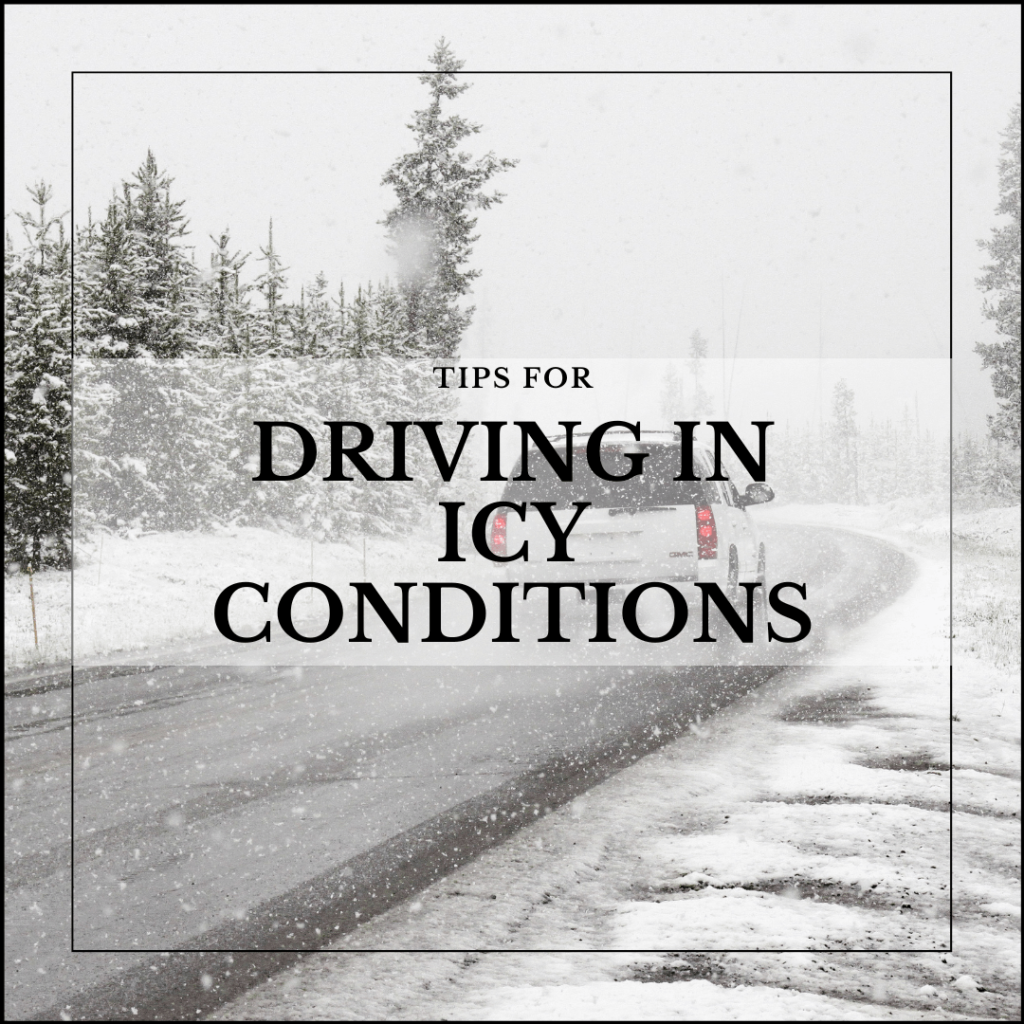Tips For Driving In Icy Conditions are crucial for maintaining safety on the roads during the winter months. Driving on icy roads can be challenging and dangerous, but with the right knowledge and preparation, you can navigate these conditions with confidence. This blog will provide you with practical tips for driving in icy conditions, highlighting the importance of proper training from the best driving school in Vancouver and the benefits of taking driving lessons in Vancouver.
Table of Contents
1. Prepare Your Vehicle for Winter
Before you even hit the road, it’s essential to ensure your vehicle is ready for winter conditions. Here are some key steps to take:
- Check Your Tires: Make sure your tires are in good condition and have sufficient tread depth. Winter tires are highly recommended as they provide better traction on icy roads.
- Keep Fluids Topped Up: Ensure your vehicle’s antifreeze, windshield washer fluid, and oil are all at appropriate levels.
- Battery Health: Cold weather can affect your car battery. Have it checked to ensure it’s fully charged and in good condition.
2. Drive Slowly and Smoothly
One of the most important tips for driving in icy conditions is to reduce your speed. Icy roads can be unpredictable, and driving slowly gives you more time to react to any sudden changes. Smooth and gentle movements are key:
- Accelerate Gradually: Avoid sudden acceleration, which can cause your tires to spin.
- Brake Gently: Apply the brakes gently to prevent skidding. If your vehicle has anti-lock brakes (ABS), press the brake pedal firmly and hold it down.
- Steer Smoothly: Avoid sharp or abrupt steering movements to maintain control.
3. Increase Following Distance
Maintaining a safe following distance is critical when driving on icy roads. Increase the distance between your vehicle and the one in front of you to allow more time to stop. On icy roads, it’s advisable to keep at least a 6-second gap, which provides ample space to react if the vehicle ahead suddenly slows down or stops.
4. Understand and Use Your Vehicle’s Features
Modern vehicles come equipped with various safety features designed to help you drive safely in winter conditions. Familiarize yourself with these features:
- Traction Control: Helps prevent wheel spin by reducing power to the wheels.
- Electronic Stability Control (ESC): Assists in maintaining control during skids.
- Anti-lock Braking System (ABS): Prevents the wheels from locking up during braking, allowing you to steer while braking.
5. Know How to Handle a Skid
Despite your best efforts, you might still encounter a skid while driving on icy roads. Knowing how to handle a skid can make all the difference:
- Rear-Wheel Skid: If your vehicle starts to skid, take your foot off the accelerator and steer in the direction you want the front of the car to go. Avoid overcorrecting.
- Front-Wheel Skid: If you lose traction and the front wheels skid, ease off the accelerator and let the car slow down until you regain traction. Avoid steering sharply.

6. Use Your Headlights and Keep Windows Clear
Visibility is often reduced during winter weather. Always use your headlights, even during the day, to increase your visibility to other drivers. Ensure your windows, mirrors, and lights are clear of ice and snow before you start driving. This not only helps you see better but also ensures that other drivers can see you.
7. Stay Informed and Be Prepared
Before heading out, check the weather forecast and road conditions. Plan your route and allow extra time for your journey. It’s also wise to keep an emergency kit in your vehicle that includes items such as:
- A blanket
- Food and water
- A flashlight
- An ice scraper
- A shovel
- Sand or kitty litter for traction
How the TASK Driving Academy in Vancouver Can Help
Enrolling in driving lessons in Vancouver, especially during the winter months, can provide you with invaluable experience and confidence. The best driving school in Vancouver offers specialized winter driving courses that teach you how to handle icy and snowy conditions safely. Experienced instructors will guide you through practical exercises and real-world scenarios, ensuring you are well-prepared for any situation.
Conclusion
Mastering the tips for driving in icy conditions is essential for staying safe on the roads this winter. By preparing your vehicle, driving slowly and smoothly, increasing your following distance, understanding your vehicle’s features, knowing how to handle a skid, using your headlights, and staying informed, you can navigate icy roads with confidence. Remember, taking driving lessons in Vancouver from the best driving school in Vancouver can further enhance your skills and ensure you are ready for any winter driving challenges.
Are you looking for professional driving lessons in Vancouver? Contact us now
